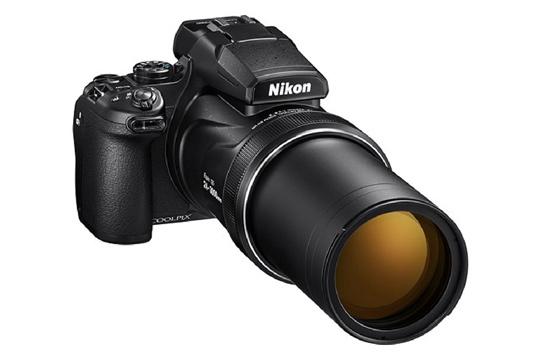You are here
Mirrorless digital cameras, more computers than ever
By Jean-Claude Elias - Dec 21,2017 - Last updated at Dec 21,2017
High-end dedicated mirrorless cameras are the latest trend in digital technology in general, and in digital photography in particular. What do they bring to the consumer, and what is really a mirrorless camera?
With Sony in the lead, followed by big names like Panasonic, Leica and Fujifilm, most famous makers are producing what is expected to replace more traditional models, those with a mirror. Even Nikon, for a while reluctant to follow the trend, and adamant to stick to its well-known technology, has jumped on the bandwagon and has come up with a mirrorless model.
By ditching the mirror, manufacturers are bringing high-end digital cameras one step closer to being full computers in their own right.
The mirror in a DSLR camera is here to let the photographer view the image directly and optically, through the lens all the way to the viewfinder, without any digital element interfering in the way. When the shutter is actioned, to take the picture, the mirror flips up, mechanically, to let the image go to the digital sensor, to be captured, stored and then processed digitally.
Despite the invaluable advantage of being able to view the image optically thanks to the mirror, the system has a few major drawbacks. It makes the cameras bigger and heavier, it produces a little “shake” when it flips up, and it is noisy.
Hence the trend to try and remove the mirror, while still designing high-end, dedicated cameras. With a mirrorless system the photographer previews the image electronically, not optically. Therefore the quality of the previewing depends on the quality of the electronics generating it.
Is mirrorless a new discovery? Of course not! Already all cameras in smartphones are mirrorless, understandably. They have no viewfinders and we preview the image we want to shoot electronically on the phone’s screen. What is new is having mirrorless in professional and semi-pro cameras.
Mirrorless in high-end models is meant to provide the best of both worlds: firstly quality and comfort in previewing the image electronically, which is hardly there in smartphones or entry-level dedicated cameras, and secondly the essential need to use full-size, interchangeable lenses, the sum of it all leading to great photos, artistically and technically.
It is essentially the continuous progress in chips and computers processing speed and the possibility to have gigantic digital memory storage in a very little space that has allowed the big cameras manufacturers to achieve the trick. And as with any innovation that tries to steer away from the traditional, a large number of professional photographers still only swear by mirror cameras.
On the other hand, and as an example, pro photographers who shoot during classical concerts have long awaited the advent of high-end mirrorless cameras. For them quiet shooting is of prime importance. They hate to disturb musicians with the noise of their camera’s mirror flipping up, during a pianissimo passage — well, to be precise it is rather the musicians who hate to be disturbed this way!
As usual, sophistication comes at a price. From the “humble” and newcomer Nikon 1J5 at $500, to the already popular Sony Alpha a7R III at $3,000 and all the way up to the elitist Hasselblad X1D-50c, which is a mere $8,000 (body only…), none of these models is cheap. And you thought your smartphone was expensive?
Related Articles
Expect sharper, clearer selfies this year. Samsung Electronics Co. has beefed up the camera in its Galaxy S5 smartphone due for April release and added smarter camera software, following Sony and Nokia in their upgrades of handset cameras.
The main camera in Samsung’s newest high-end smartphone, the Galaxy S20 Ultra, and that was introduced last March, has a resolution of 108 m
Back in 2015, I reviewed a Nikon camera called the Coolpix P900, which is a “bridge camera”.I was not familiar with the term then, but I am


















